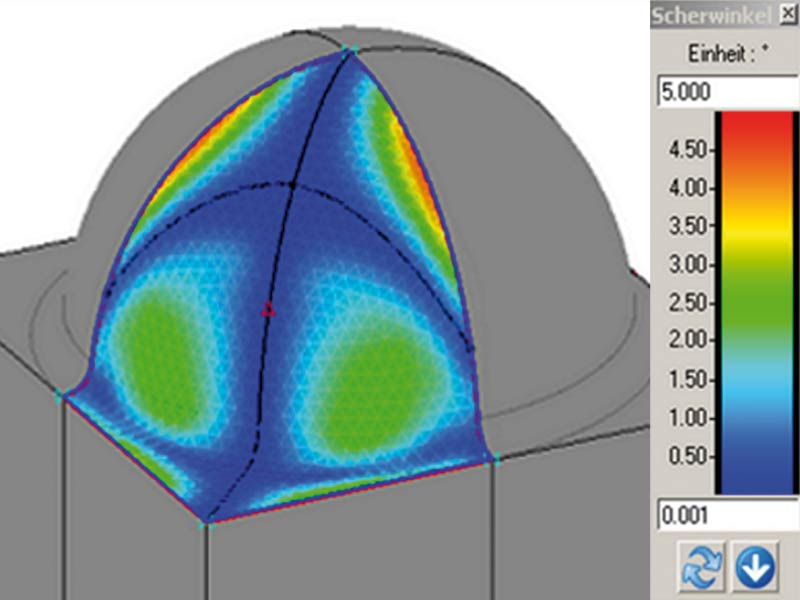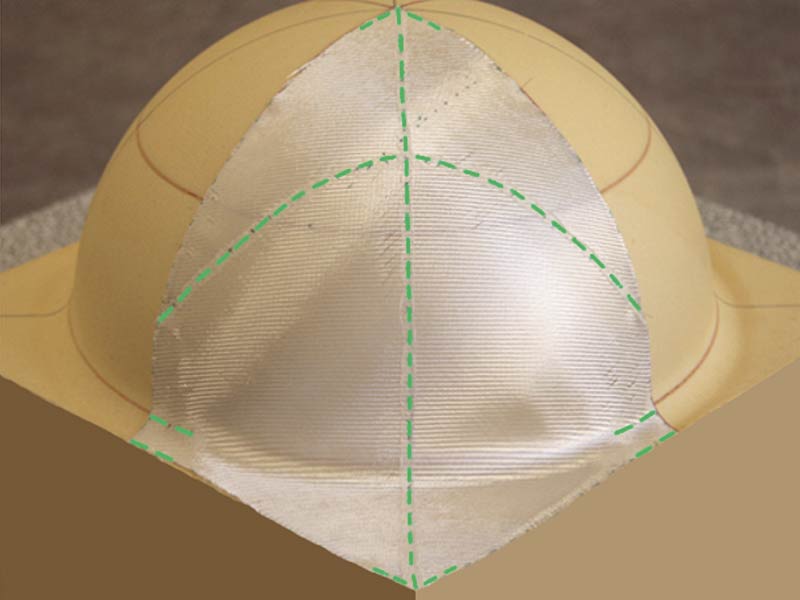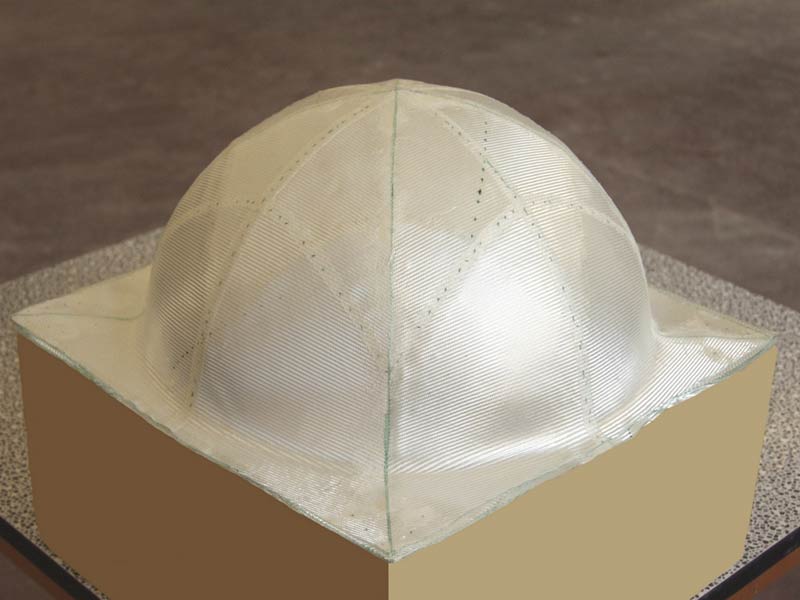Reproducible pre-form fabrication for textile-reinforced plastics
Task
To extend the range of application for fiber-reinforced plastics (FRP) in the automotive industry, new technologies, low-cost manufacturing processes and design concepts are required, since they are at present the method of choice for complex, sculptured parts in the dry technique of pre-form fabrication. Particularly complicated part geometries demand significantly enhanced production accuracy, as well as reproducibility of the cutting, handling, stacking and compounding processes. The combination of various surface formation techniques and fiber-reinforcement orientations in the preform design only delivers the expected results if dimensioning is supported by exact knowledge of the material characteristics in blanking, shaping and manufacturing and furthermore enhanced by quality assurance measures.
The current production sequence only partially fulfils the quality requirements needed for high-tech areas. Threads and, particularly selvedge threads, are shifted or drop out of the area compound. When inserting the blanks in spatially formed setting fixtures or molding dies, the area must be shaped by shearing. Loads that are hard to quantify and stresses result in sometimes significant, undesired deviations in geometry.
 Fraunhofer Institute for Material and Beam Technology IWS
Fraunhofer Institute for Material and Beam Technology IWS

